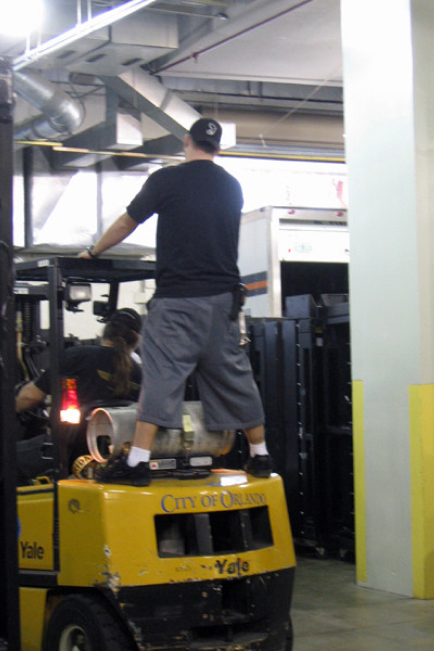Decoding the Meaning of Horseplay and its Impact
- info@safetymastery.com
- +91 7200322134


Why Understanding the Definition of Horseplay is Essential
Why Understanding the Definition of Horseplay is Essential
Horseplay is a term used to describe rough or rowdy play that is often characterized by physical or boisterous behavior. In various settings, such as schools, workplaces, or social gatherings, horseplay can have different implications and consequences. This article aims to clarify the meaning of horseplay, explore its potential impact, and provide insights on how to address this behavior effectively.

Safety International Diploma
- Ofqual Regulated Qualifications London, UK
- GradIOSH/CertIOSH status from IOSH, UK
- TSP status from BCSP, USA
- Gateway to MSC in UK universities
one or two years of qualification.
Get Courses Details
Get Courses Details
Safety Diploma
- Government-Endorsed National Safety Diploma Program
- Qualify for registration at the Employment Exchange
- Attestation by the Ministry of External Affairs for those wishing to move abroad
- Eligible for membership with MIIRSM (IIRSM membership at discretion)
- Approved by the Government of India
- Enhance your educational profile with an additional one or two years of qualification
Definition of Horseplay:
Horseplay refers to playful or rough behavior that may involve physical contact, pranks, or other activities that are often disruptive or potentially dangerous. While horseplay is typically intended as fun or lighthearted interaction, it can sometimes escalate into situations that pose risks to individuals’ safety or well-being.

Implications of Horseplay:
- Safety Concerns: Horseplay can lead to accidental injuries or harm, especially in environments where physical activities are not appropriate or supervised. Roughhousing or playful wrestling, for example, can result in falls, collisions, or other accidents that may cause harm to individuals involved.
- Disruption of Productivity: In workplace settings, horseplay can disrupt productivity and focus among employees. Constant joking around, engaging in pranks, or engaging in physical play can detract from work responsibilities and create a distracting environment for other colleagues.
- Legal and Liability Issues: In situations where horseplay results in injuries or damages, there may be legal implications and liability concerns. Employers, educators, or event organizers may be held accountable for failing to prevent or address horseplay that leads to adverse outcomes.

Addressing Horseplay Effectively:
- Establish Clear Policies: Organizations and institutions should have clear policies in place that define acceptable behavior and outline consequences for engaging in horseplay. Communicating these guidelines effectively can help deter inappropriate behavior.
- Educate and Train: Providing education and training on the risks and consequences of horseplay can raise awareness among individuals about the importance of maintaining a safe and respectful environment. Offering guidance on appropriate interactions and behaviors is essential.
- Supervise and Monitor: Supervision and monitoring are crucial in preventing horseplay, especially in environments where individuals are prone to engage in rough play. Having vigilant oversight can help identify and intervene in horseplay situations promptly.
- Encourage Open Communication: Creating a culture of open communication where individuals feel comfortable reporting instances of horseplay is key. Encouraging bystanders to speak up and seek assistance when they witness unsafe or inappropriate behavior can help prevent potential incidents.

In , understanding the meaning of horseplay and its implications is essential for promoting safety, respect, and professionalism in various settings. By addressing horseplay effectively through clear policies, education, supervision, and communication, organizations and individuals can create environments that prioritize safety and well-being. Taking proactive measures to prevent and address horseplay can contribute to a positive and secure atmosphere where individuals can thrive and interact responsibly.
